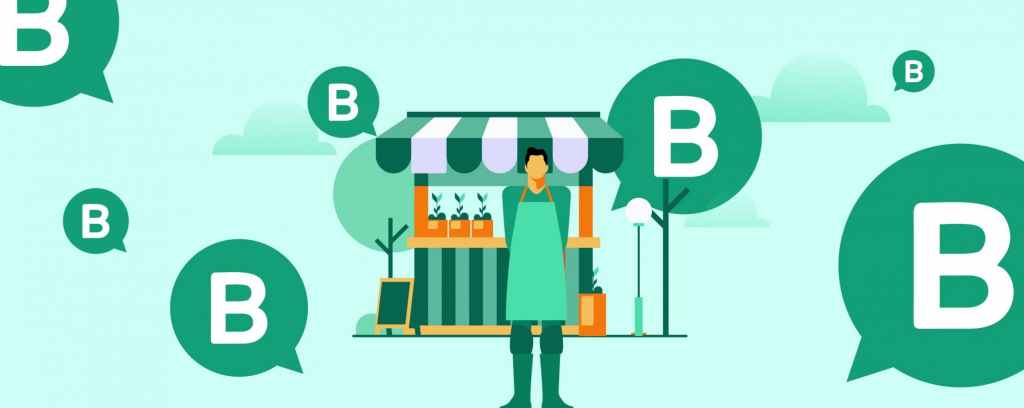Introduction
Sales lead nurturing is the process of strategically managing a prospect’s relationship with your brand. It includes sending them emails, showing them content, and ultimately turning them into a customer. Sales lead nurturing takes time and effort, but it’s vital to your business’ success. If you’re not doing it right though, you could end up wasting valuable resources (and money). In this post we’ll explore some common ways that sales teams are failing at lead nurturing so that you can avoid making those same mistakes.
Start With Content
Content is the foundation of your lead nurturing strategy. It’s what you use to engage with your audience and show them how you can solve their problems, so get it right.
Content should be relevant to your target audience and personalized for each person who engages with it. You can also create content that’s personal by including a customer story or case study that shows how someone else used your product in an effective way. This type of content will help build trust between you and the prospect, which makes them feel more confident about buying from you later on.
Remember: Your content should match up with where a prospect is in his or her buyer journey. If someone has just filled out a form on your website asking for more information, send him/her some helpful information that’s related to his/her needs (but not too much—you don’t want to overwhelm). If he/she hasn’t bought anything yet but has been following along through social media channels like Facebook Live videos or Twitter chats, send him/her something relevant but less salesy than what he would get if he was just starting out looking at all options available before making any decisions (like this article!).
Real But Relevant

Your content must be tailored to the person, relevant to the situation and time of year and newsworthy. While this may seem obvious, it’s surprising how many companies fail at this. For example:
- If you’re selling furniture in California during a heat wave, an article about how to keep your dog cool during summer isn’t going to resonate with your audience.
- If you’re selling marketing services in Portland, Oregon and it’s January 1st (the first day of tax season), don’t send out an email asking if they have filed their taxes yet because they’ll probably just think “What a dummy!”
Focus On The Person
- Personalize the email. You can make your emails more personal by using the person’s name, referencing something you know about them (e.g., their company or industry), and including information about them that you learned from someone else.
- Call them on the phone. When it comes to sales leads, using cold calls is a great way to start a conversation with someone who might be interested in what you have to offer. Just remember: don’t pick up the phone until you do some research! Before calling, make sure that a lead has enough information about your product or service so that they won’t be turned off by an unexpected call asking questions like “How did we get in touch?”
- Ask questions—and answer them honestly! It’s important when talking with leads that they know they can trust what they’re being told; this means being honest when answering questions like “What makes your product different from others out there?” It also helps if there are multiple people answering these inquiries so each one may relate back differently as well (in other words: no one knows everything). This helps build rapport and show potential clients how much of an impact this relationship could have
Segment For Personalization

- Use a lead scoring system.
- If you’re going to personalize your marketing messages, you need to be able to measure who is responding and who isn’t. In order to do this, start by creating a lead scoring system that ranks leads based on their likelihood of becoming customers—or at least buying something from the company at some point in the future. Then use this information as a basis for which leads receive personalized messages that can help them along the path towards conversion.
- Create a personalized welcome message and follow up with more personal communications after initial interactions.
- When people first sign up for an account or give contact information in response to one of your marketing campaigns, send them an automated welcome message that includes helpful information about how your product works and how they can best use it—and then keep following up with relevant offers and tips over time as well as opportunities for customer feedback during each interaction with them so that your organization always has access to new insights into what might work better for different types of users within its target audience segmentation strategy (suchas age group). This will give everyone involved more confidence about how best utilize available resources (both human capital) when planning future initiatives since they won’t need guesswork anymore when trying something new!
Don’t Underestimate The Power Of Automation
Automation is especially critical in the nurturing process. It saves you time, allowing you to focus on other tasks. It also allows you to personalize your messages and send them out faster. And it doesn’t have to be difficult: some providers can even integrate with your CRM or marketing tools so that they’re automatically updated each time a lead makes a purchase or fills out a form online.
You’re Doing It Wrong
There are a lot of bad habits that lead to a poor customer experience and a high rate of churn. Here are some of the most common mistakes:
- Sending random emails without context or value.
- Not understanding your customers’ goals and how you can help them reach them.
- Focusing on the sale instead of building trust and rapport with your prospects over time.
- Sending emails that don’t add value (or worse, send too many).
Sales lead nurturing isn’t just about a single email or autoresponder.

Sales lead nurturing isn’t just about a single email or autoresponder. It’s about building a relationship with your leads so that when it comes time to make a purchase, they’re already familiar with you and your company.
That being said, there are specific strategies you can use to build trust and create connections before even asking for the sale. For example:
Conclusion
As you can see, there are many different ways to nurture your sales leads. The key is to focus on what works for your business and your unique goals. If you’re looking for more ideas on how to get started with lead nurturing, check out our post on the topic here: https://blog.hubspot.com/sales/lead-nurturing-strategies
















